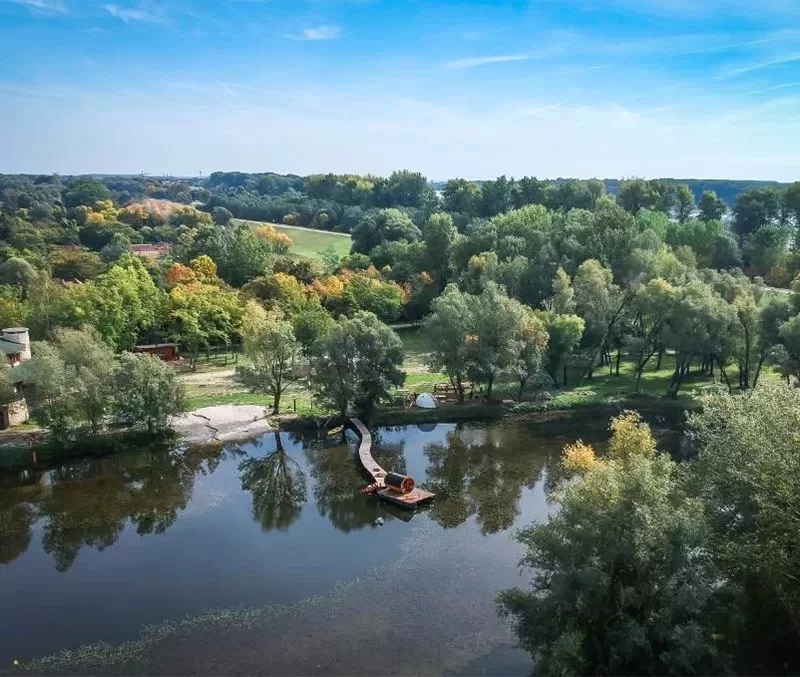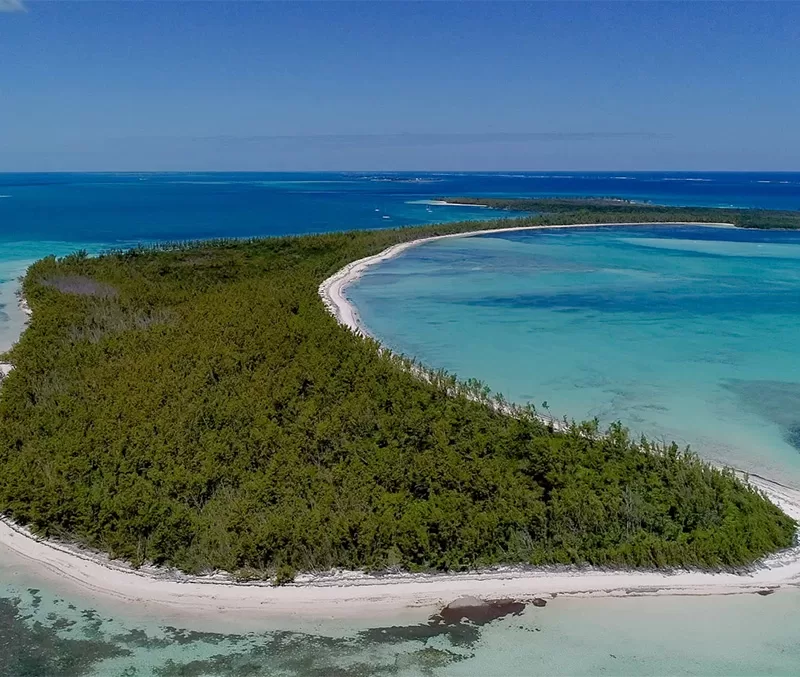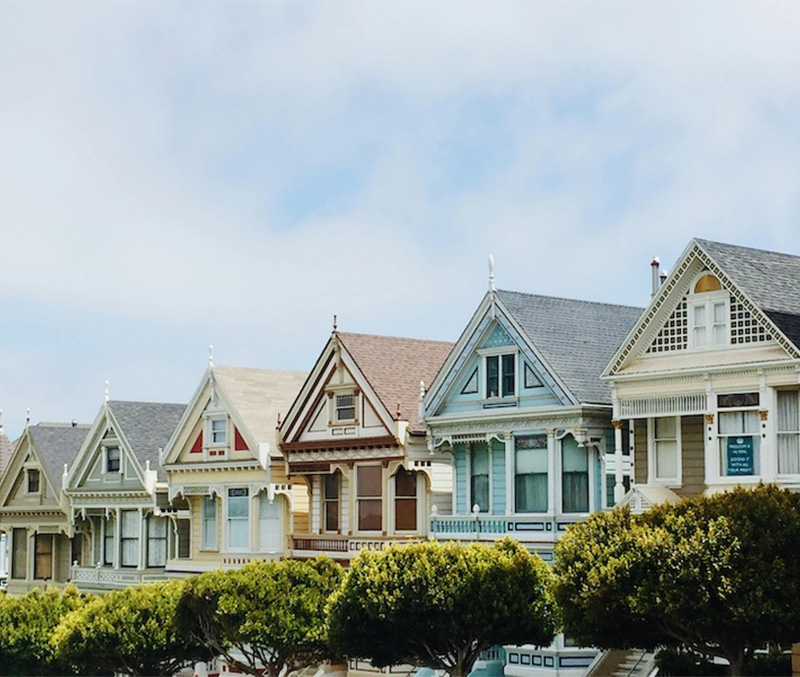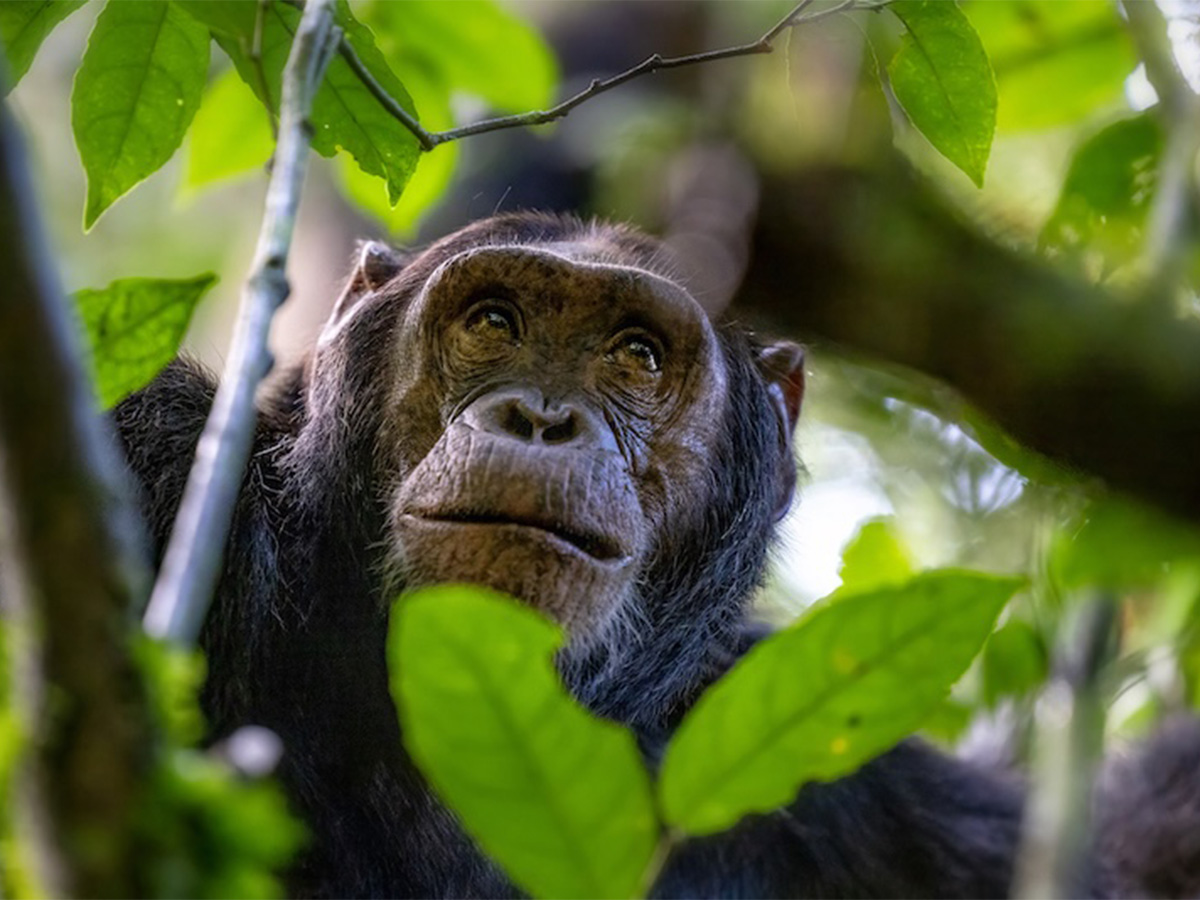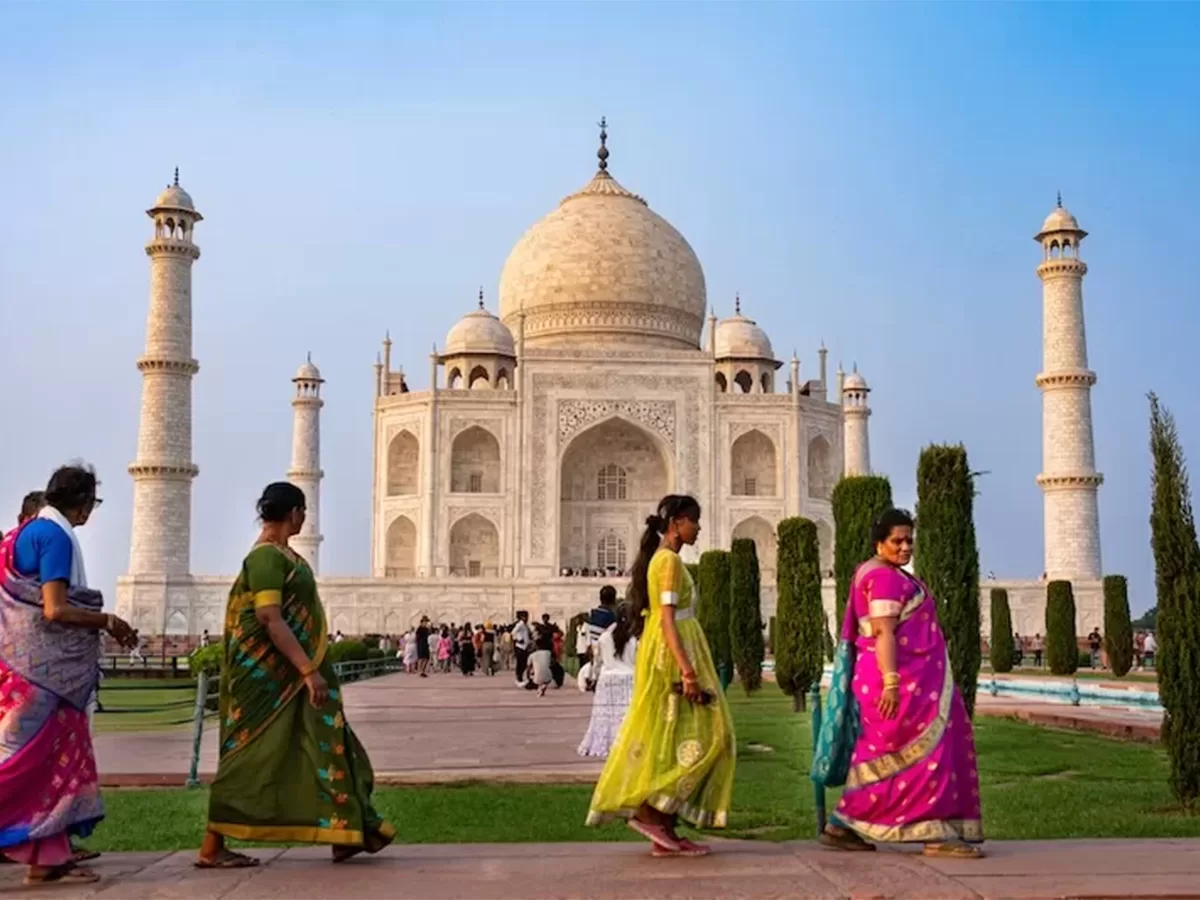An Ode to Gascony
Celebrating the timeless charm of the Gers region of southern France
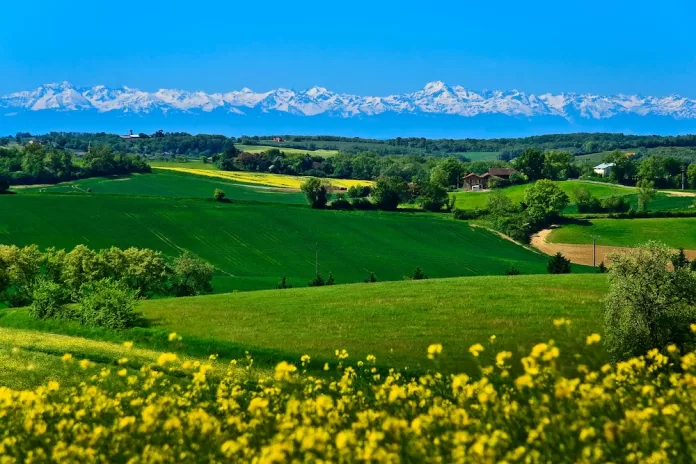
When you think of la belle France, it is likely that you think of Paris first, or perhaps the Côte d’Azur and Provence But mainland France is vast, covering approximately 551,695 kms2 (248,573 sq miles) and broken down into what are known as Regions and Départements. There are 13 Regions and 96 Départements in mainland France.
Situated in the second largest Region called Occitanie, the little-known Département of the Gers can be found in the southwest corner, almost equidistant between the cities of Bordeaux and Toulouse, and a couple of hours drive north from the Pyrenees mountains. Although not so famous on the international stage (for which I am quite grateful), it is absolutely somewhere to visit if you want to reconnect with nature, recharge your soul, and turn off your phone !
The Gers is part of the old kingdom of Gascony that covered what is now the regions of Occitanie and Nouvelle-Aquitaine (around Bordeaux). Due to its rich past, it is naturally steeped in history with remarkably preserved medieval buildings, fortified towns, and glorious town houses and chateaus built from the predominant honey-colored limestone that spreads across the region.
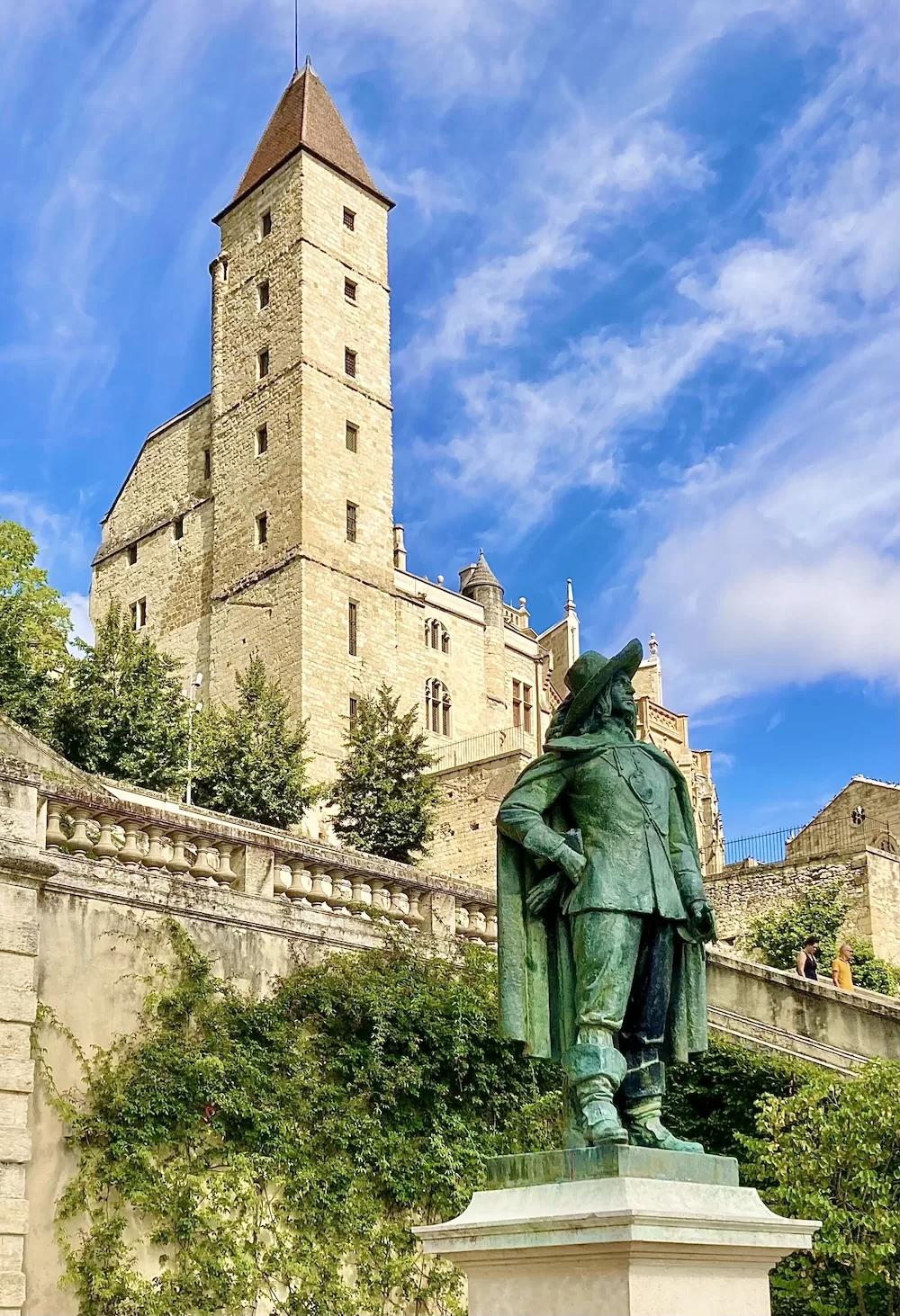
Even if you don’t know the Gers, you most certainly know of D’Artagnan, the swashbuckling historic hero of author Alexandre Dumas’ The 3 Musketeers. Despite the fact that Monsieur Dumas certainly romanticized the story, D’Artagnan, protector of the King, was indeed a real person named Charles de Batz de Castelmore, who lived in the south of the Gers in a village called Lupiac, now a popular spot for tourists to discover statues of D’Artagnan on his rearing horse in the quaint village square or even at the D’Artagnan museum for those who want to learn more about this most famous Musketeer.
Read more like this: Moving to France? Don’t miss this essential guide
Off the beaten track in la France Profonde, one of the most rural areas of France, the Gers is a rare bijou nestled in a truly biodiverse landscape with outstanding countryside, rolling lush green hills, swathes of sunflowers in the summer, mixed forests, rivers, and streams. On a good day you can see the snow-capped Pyrenees in the distance. The air is clean, there is no industry to speak of—unless you count the many vineyards dotted over the hillsides—and it is quite sparsely populated. In fact, Auch, its capital city, has a population of just 23,000.
The city of Auch is a very old city with exceptional architectural heritage that presides above the river Gers. It is a fabulous place to explore starting from the imposing Gothic style Sainte-Marie Cathedral (completed in 1680 after 200 years of construction) in the center of the old town that leads to the monumental escalier, long stone steps where a statue of D’Artagnan proudly overlooks the river and all of the charming medieval lanes known as pousterles, that lead down to the river and around the city.
The seasons are quite marked in the Gers with mild, rainy winters, beautiful fresh springs full of blossom, hot summers with cool nights and colorful autumns that can also be comfortably warm and sunny. In comparison to city living where everything is always available, the pronounced seasons here yield fresh local produce but only for a limited period of time. Asparagus in the spring, then strawberries and cherries; figs and melons in the summer, ceps and other mushrooms, walnuts, squashes and plums in the autumn, hearty soups with root vegetables and stews like the famous Gascon garbure (a stew with confit duck, sausage, cabbage and vegetables), then prunes in Armagnac brandy during the winter months.
Reputed throughout France and amongst those “in-the-know” for its warm and convivial Gascon hospitality, the Gers is also where visitors will find their bonheur à table, featuring some of the best fresh produce, artisan producers, and chefs that France has to offer.
One of the most famous products to come out of the Gers is foie gras, and in most cases it is duck foie gras. In fact there are probably more ducks in Gascony than people. Duck is on every menu!
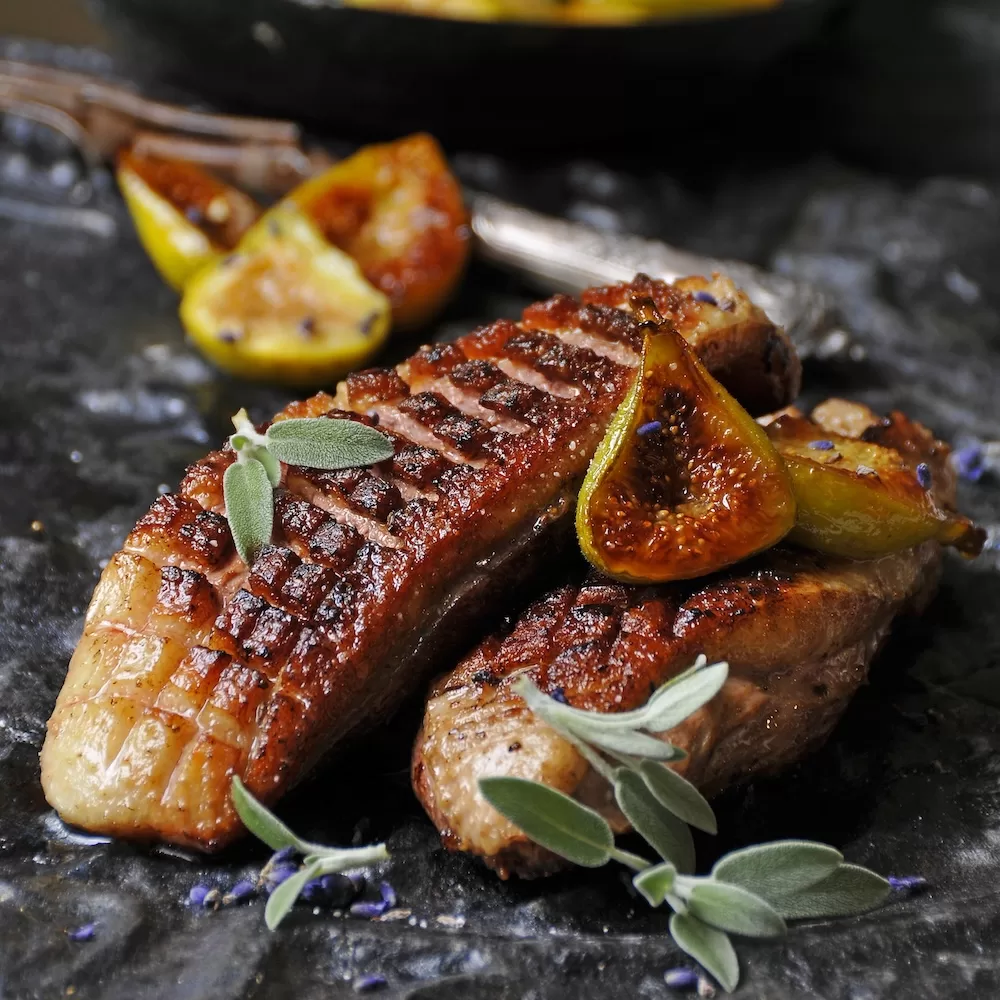
The cuisine tends to be wholesome and healthy. Duck fat is actually one of the good fats and that, along with the regular consumption of Armagnac in the region may be why the people in this part of France live longer than those in the rest of the country!
As farming reigns in the region, the practice of farm to table dining is an everyday occurrence here; thick, meaty Toulouse sausages, duck, chicken, an old breed of black pig, le cochon Gascon, Blonde d’Aquitaine beef, farm fresh eggs (I have my own chickens so I serve the best and freshest eggs to my B&B guests). Most households also have their own potager, or vegetable patch, where they grow big fat luscious tomatoes and all the rest of summer’s kitchen garden bounty.
Every day of the week there is a market in one Gers town or another. Some of the best include Eauze on Thursdays where you can find all manner of local fare from butchers, charcuterie, fishmongers, fruit and vegetable stands, local honey, jams and other condiments, bakers, Armagnac and Floc de Gascogne, a local grape juice, and Armagnac aperitif. Another fabulous market is in Lectoure every Friday. Lectoure is another cathedral city in the east of the Gers that flourishes with antique shops and even features a bustling flea market in a defunct hospital. As a spa town (there are several in the Gers), visitors can enjoy all sorts of therapeutic treatments, massages, sauna, hammam, and thermal water baths.
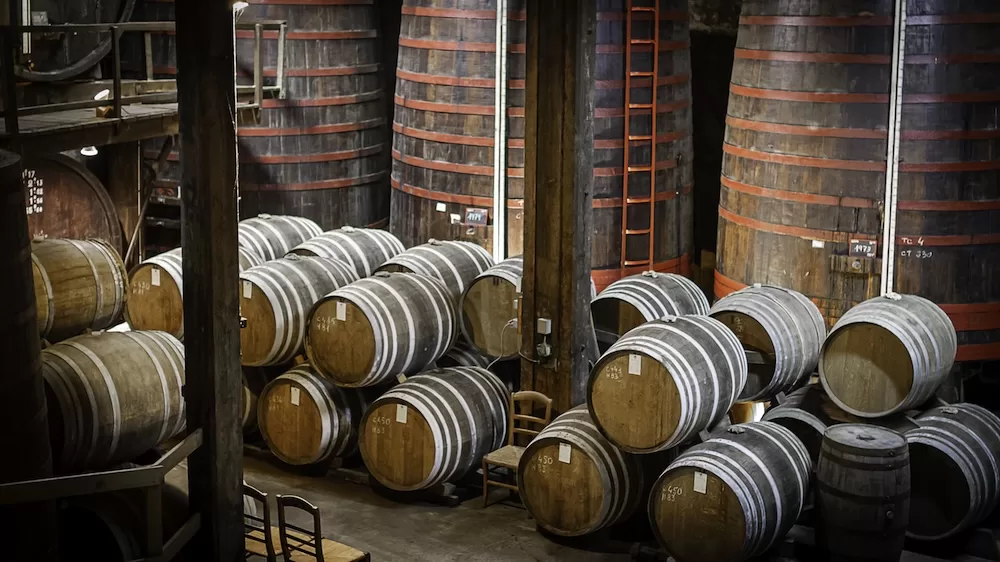
A celebrated local treat, and one that is close to my heart, is Armagnac, the oldest brandy in France. I worked for the Armagnac office that represents all of the region’s producers for 18 years. Production of Armagnac predates its northern cousin, Cognac, by 150 years. It was first mentioned in 1310 by Prior Vital Dufour, who described its forty virtues in his treaty on medicine which is preserved in the Vatican library in Rome… “it enlivens the spirit if taken in moderation, recalls the past to memory, restores the paralysed member, renders men joyous and delays senility are just some of his therapeutic findings.”
Prior to the devastating Phylloxera pest that destroyed France’s vineyards in the 19th century, the Gers was the largest grape growing region in France. Today, it is still an important wine growing region where, in addition to Armagnac, the local Côtes de Gascogne wines are produced.
Accredited AOC (Appellation d’Origine Contrôlée), Armagnac producers from each of the three production zones have to follow very strict rules regarding its production. It can be made with ten different specific grapes and is distilled on a traditional copper Armagnac alambic. Although there are similarities with the better known cognac, Armagnac is more diverse with greater depth of flavor. Made by small family producers (there are no big producers here) its production scale is minute in comparison to the massive industrial production of cognac. As we like to say “it’s not the best known, but it’s known by the best!”
Most Armagnac producers welcome visitors to their cellars to discover this noble brandy throughout the year, though one of the best times to visit is when the distillation period starts, which is generally from mid October throughout November and December. Many houses organize dinners around the alambic as the new eau-de-vie flows. These are a wonderful way to experience the Gascon hospitality, taste the Armagnac, and enjoy the local cuisine.
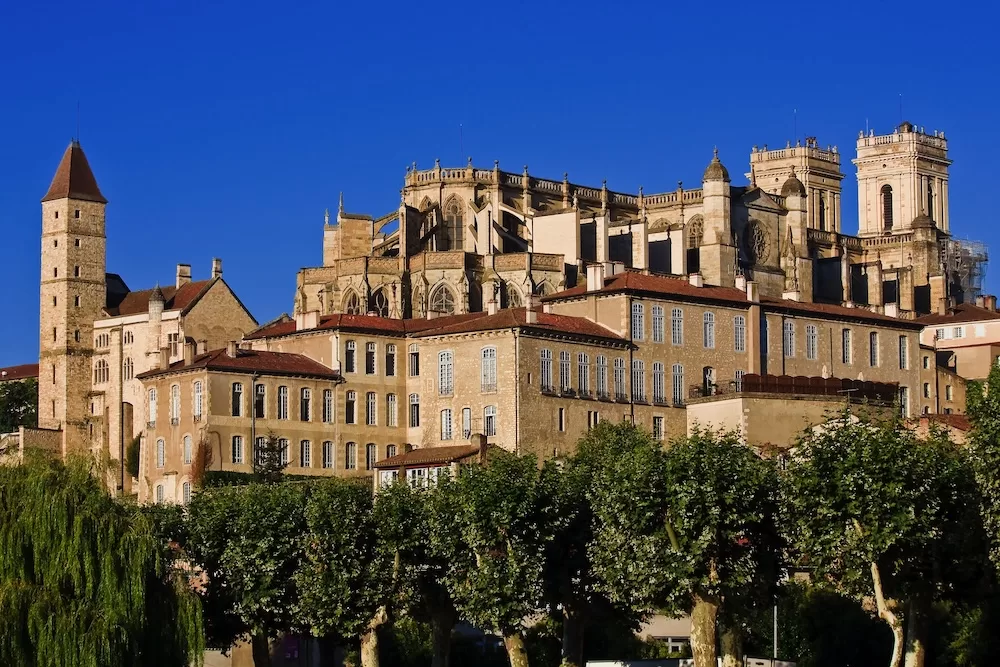
More than its culinary delights, the Gers is also rich in history, architecture, and fascinating tourist attractions including the Abbaye de Flaran in Valence sur Baïse, one of the best preserved Cistercian abbeys in France, which is open to the public all year round and boasts an outstanding private art collection with work by famous artists including Monet, Picasso, Cezanne, Rodin, Salvador Dali, and many others.
Just up the road, there is the former episcopal town of Condom, with its imposing Gothic style Cathedral Saint-Pierre which sits on the river Baïse where Armagnac barrels were historically transported by barge down the river to the coast. Being on the Chemin de Saint Jacques de Compostella (the Way of St James) it isn’t unusual to see pilgrims as they arrive for a well earned rest. A small town with a rich past and beautiful architecture, visitors can also discover Armagnac up close at the Bhakta Spirits centuries old cellars in the centre of town where the cellar master welcomes visitors with a tour of the cellars followed by a tasting.
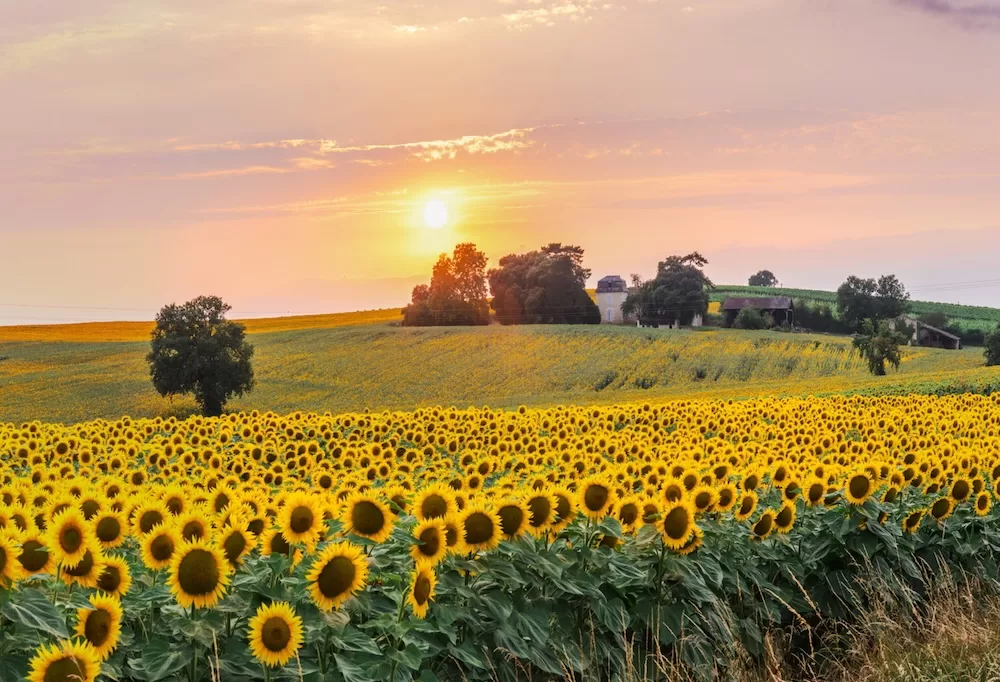
Every year on the second weekend of May, Condom hosts the popular Gascon music festival called Bandas y Penas where brass bands from all over Europe come to compete for the coveted Champion of France title. It’s quite a dynamic and delightful spectacle with festive music and everyone dressed in red and white.
The good life and well-being are synonymous with living in the Gers. The energy is invigorating, yet still moves at a slower and peaceful pace. The people are warm and welcoming, the setting and the natural surroundings are beautiful, the views are outstanding, the food is heavenly, and of course, the Armagnac is always flowing.
Stay updated with the latest news and trends from around the world. Subscribe now for in-depth analysis and real-time updates!
———————-
Amanda Garnham runs a small bed & breakfast at Mulé, Lagardère 32310, near Condom in the Gers. Originally from England, she has been living in the Gers since 1997. She is an Armagnac expert and also runs bespoke tours of the region.













